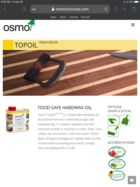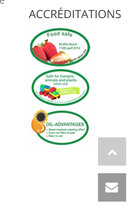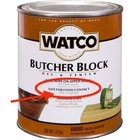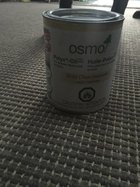I am Sorry for the same old rehash on my part. You know how you pay attention to the posts that matter to you at the time? I have finally decided that I want to start using a food safe oil finish on my kitchenware that all my Hippie, Tree hugging, Mr. Natural type of local customers will accept. I have previously always used Waterlox Original, but that requires an explanation of "modified" tung oil, FDA approval, evaporated solvents, and fourteen days of curing. Yes, it is my understanding that all dried and cured finishes are FDA approved, but I no longer want to have to use that explanation.
It has to be as few steps as possible, like one coat and one buff.
So, Mahoney's? Doctor's? Tried & True?
It has to be as few steps as possible, like one coat and one buff.
So, Mahoney's? Doctor's? Tried & True?





